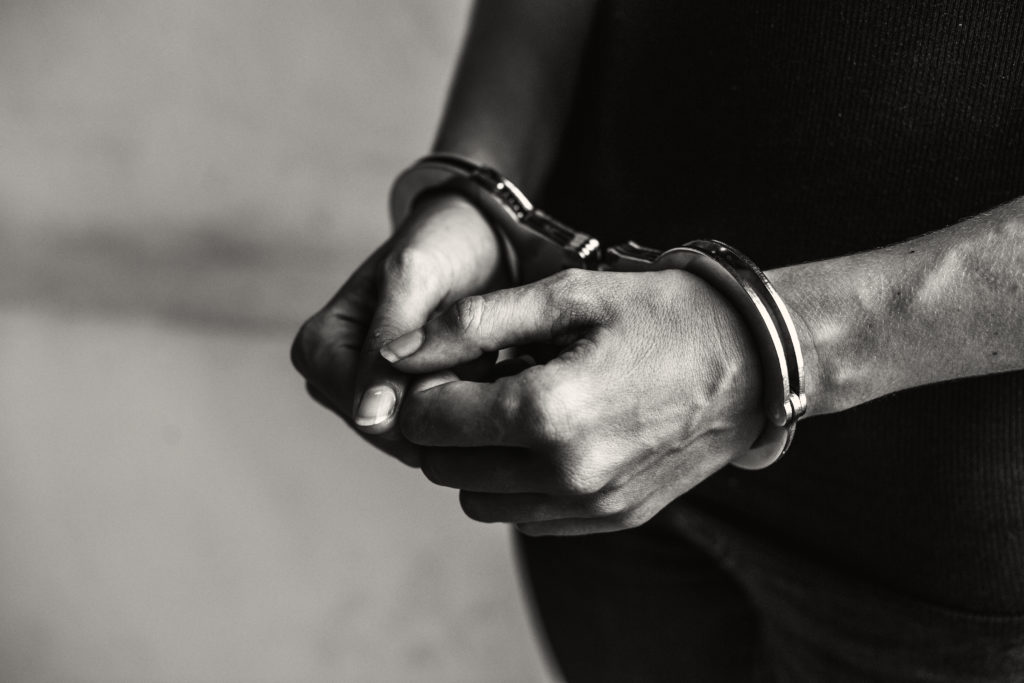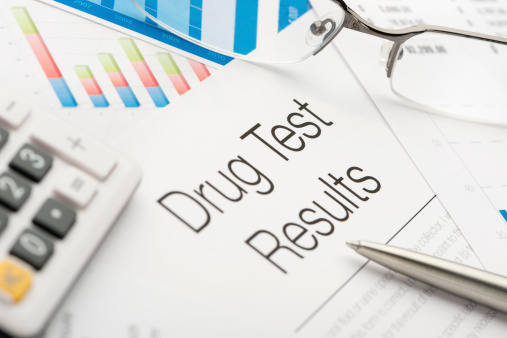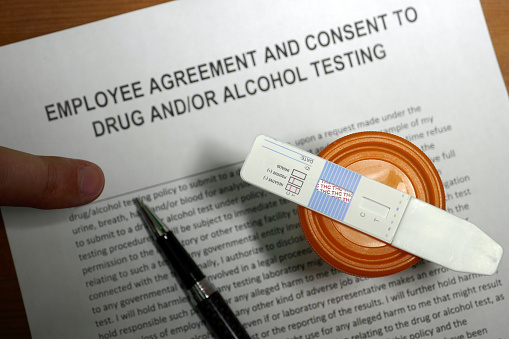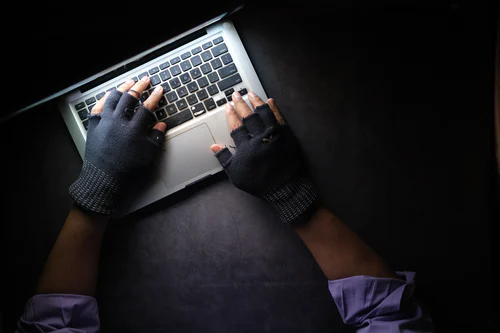If you have ever watched criminal shows or movies, you have likely heard of criminal profiling. This is an investigative tool that combines psychology and science. While some people do not see its value, criminal profiling can be a useful method used in a private investigation. Let’s take a look at what criminal profiling is and how the FBI develops a criminal profile.
What Is Criminal Profiling?
Criminal profiling is the process of developing a psychological profile of a suspect based on the current evidence. Profilers consider the nature of specific types of crimes and clues left behind to determine if the suspect has certain traits. To assist in this process, profilers may visit crime scenes and help analyze available evidence.
This investigative tool helps to identify unknown suspects and to understand the reason for the crime. Based on their findings, investigators will develop a personality assessment of the suspect’s behaviors and habits before, during, and after the crime has occurred. By developing a criminal profile, an investigator can help identify suspects involved in one or more crimes.
How the FBI Develops a Criminal Profile
While criminal profilers can work in a variety of industries, most work for the FBI, law enforcement, or investigative agencies. The FBI uses a behavioral analysis approach, which includes 6 core steps to develop a criminal profile of a suspect.
1. Profiling Input:
A criminal profiler will begin by studying all of the evidence and information related to a specific crime. During this step, it’s important that certain information is not revealed to the profiler, which includes autopsy reports, crime pictures, and police reports. This is designed to avoid any prejudice during the criminal profiling process.
2. Decision Process Models:
For this step, the profiler analyzes the crime, victims, offender’s motivation, and chances of being caught. This analysis will produce patterns that assist with the profiling development.
3. Crime Assessment:
A criminal assessment involves studying the crime, which will help a profiler determine the series of events and interactions of everyone involved in a crime.
4. Criminal Profiling:
Based on the information collected from the first three steps, a personality composite will be established. This personality composite will consist of background, behaviors, habits, and other key personality characteristics.
5. Investigation:
During this step, a criminal profile is used to help solve a crime during an investigation. The key goal is to identify a suspect and solve a case. In some cases, predictive profiling can be used to predict when and where an offender will commit a future crime.
6. Apprehension:
This final step involves the criminal profile being assessed for its accuracy and usefulness in catching a suspect.
What Are the Behaviors and Habits of Criminals?
Criminal profilers believe humans are creatures of habit and their behaviors are predictable. For example, a criminal will target a certain type of victim or use a specific tool they use frequently. Investigators may interview criminals to gather statistical and other types of data to create a database. Profilers will then evaluate the suspect’s behaviors, which can help them connect the suspect with other crimes.
While some critics are against criminal profiling, this investigative tool is useful, especially when performed by experts with decades of experience. Criminal profiling can be a useful supplement to an existing investigation that is using other techniques and experts to solve a case. Contact PATRIOT Backgrounds and Investigations today to learn how we can help you with your criminal investigation.












